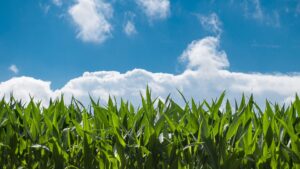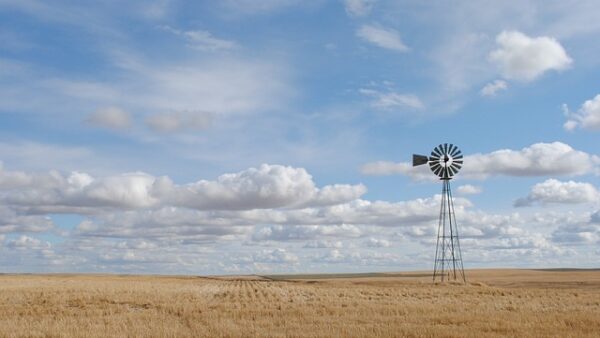While the U.S. Department of Agriculture’s Prospective Plantings Report isn’t due out until March 31, analysts are beginning to weigh in with their forecasts.
Nathan Losey, a market analyst with AgResource Company, says he expects 92.3 million acres of corn to be planted in 2017 along with 86.7 million acres of soybeans.
“This year our numbers are based on the difference between crop budgets and USDA’s latest crop production estimates with corn losing a small amount of money and soybeans earning a small amount of money,” Losey says.
According to USDA’s December “Cost-of-production Forecasts for U.S. Major Field Crops,” farmers are expected to spend an estimated $669.65 per acre of planted corn. That number drops to $473.85 per planted acre of soybean.
USDA’s estimated seed cost per acre of corn is $103.41 and for soybeans, it’s $61.83.
Given the yield potential and price forecasts, this is the biggest different in revenue since the 1996 Farm Bill was passed, Losey notes.
Pro Farmer’s numbers are even more bullish toward soybeans. Brian Grete, editor of Pro Farmer, says the company projects corn acreage at 90.9 million acres, down 3.1 million acres from last year, and soybean acreage is projected at 89.3 million acres, up 5.9 million acres from 2016.
“The biggest driver of the anticipated movement in acres to soybeans and away from corn is the new-crop price ratio, which peaked at nearly 2.7:1 earlier this winter and is currently just under 2.6:1,” Grete explains. “Typically, a new-crop ratio above 2.4:1 favors soybeans, so the market has been sending a strong signal for producers to switch acres to soybeans since last fall.
“However, crop rotations will still be the primary factor for many producers and spring weather will influence some ‘undecided’ acres ahead of planting.”
Grete notes that history says a warm, dry spring would encourage producers to plant more corn acres than they intend in the March Prospective Plantings Report. However, he says if spring weather is cool and/or wet, it would favor maybe even more soybean acres than indicated by USDA’s March estimate.
It’s early, and some analysts are still putting the final touches on their numbers.












